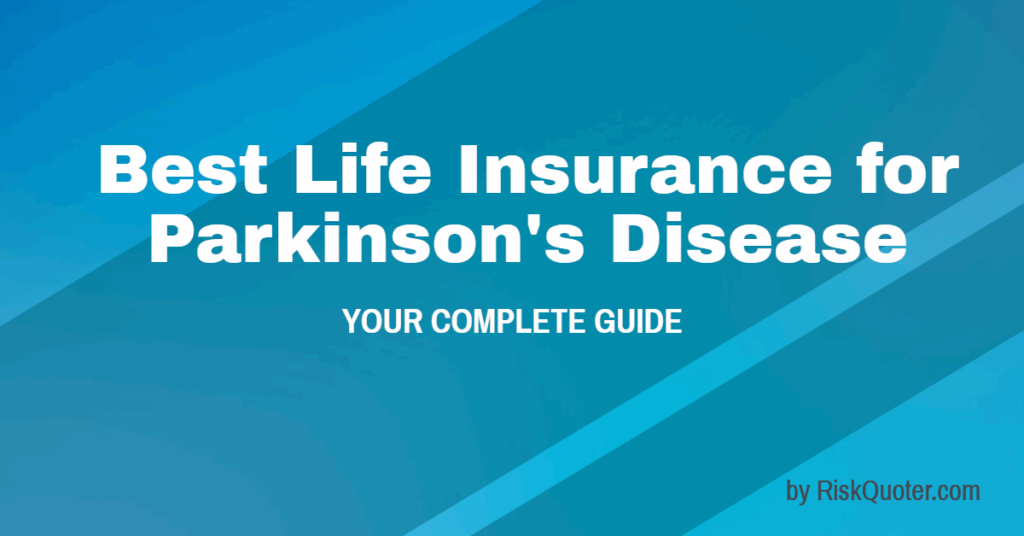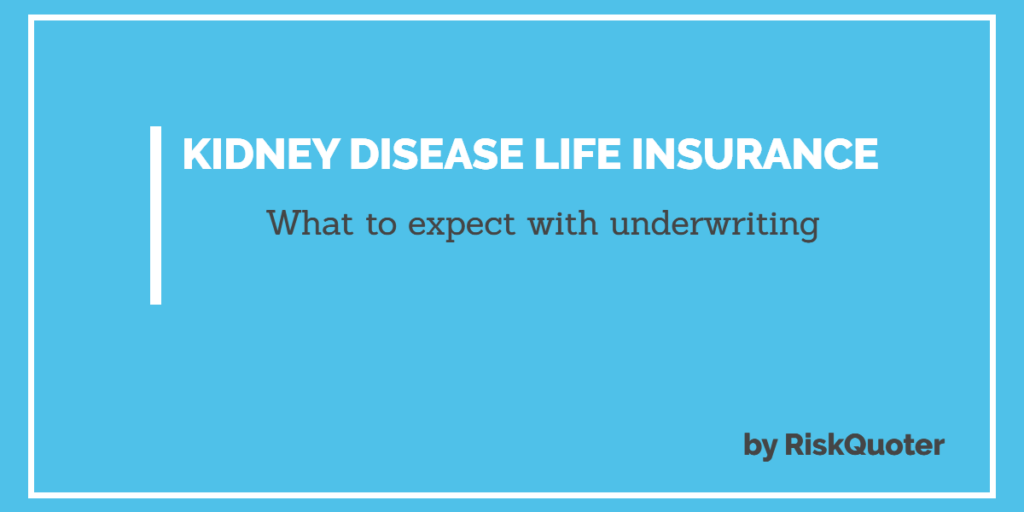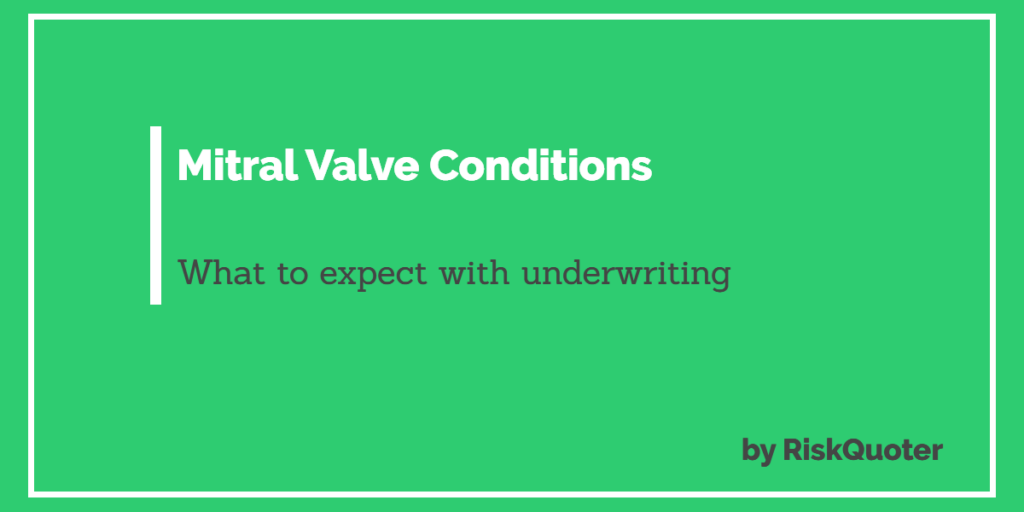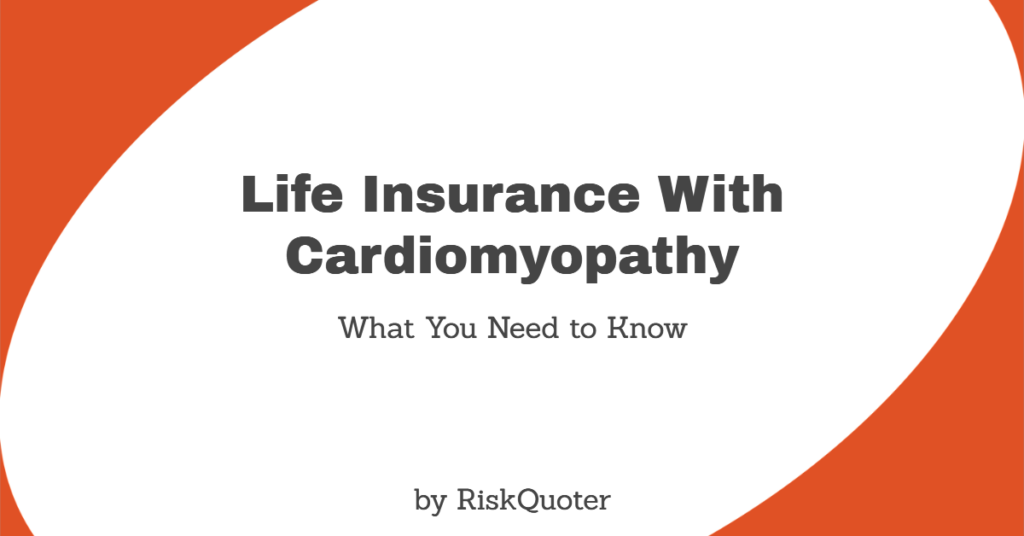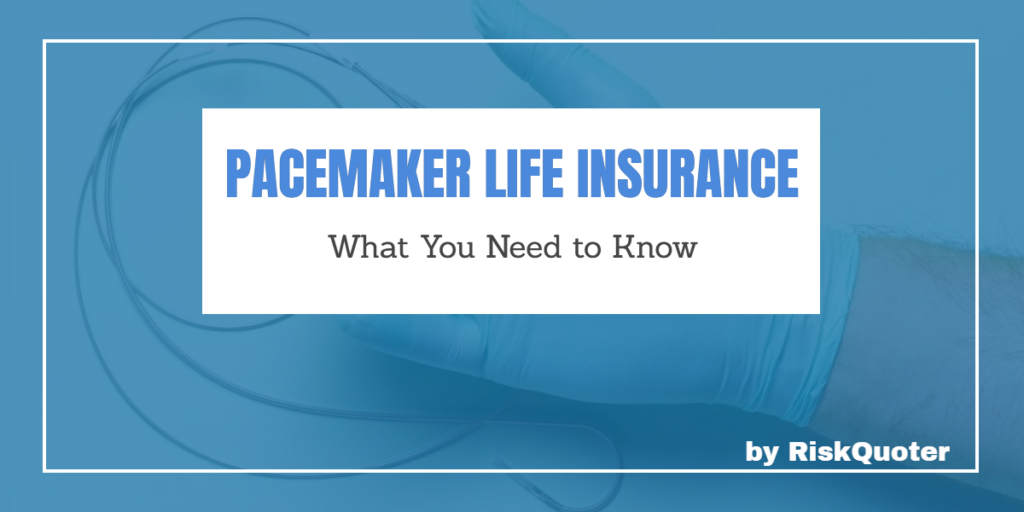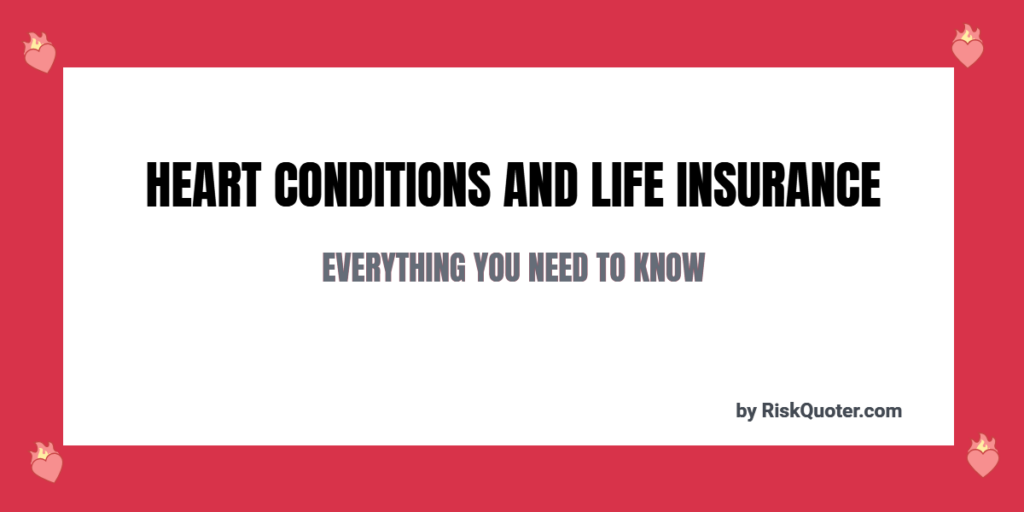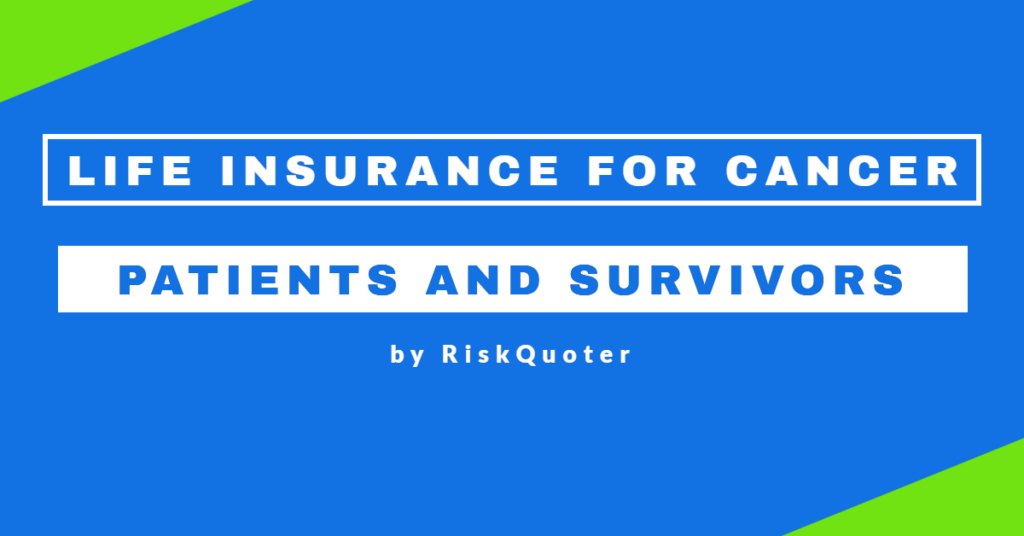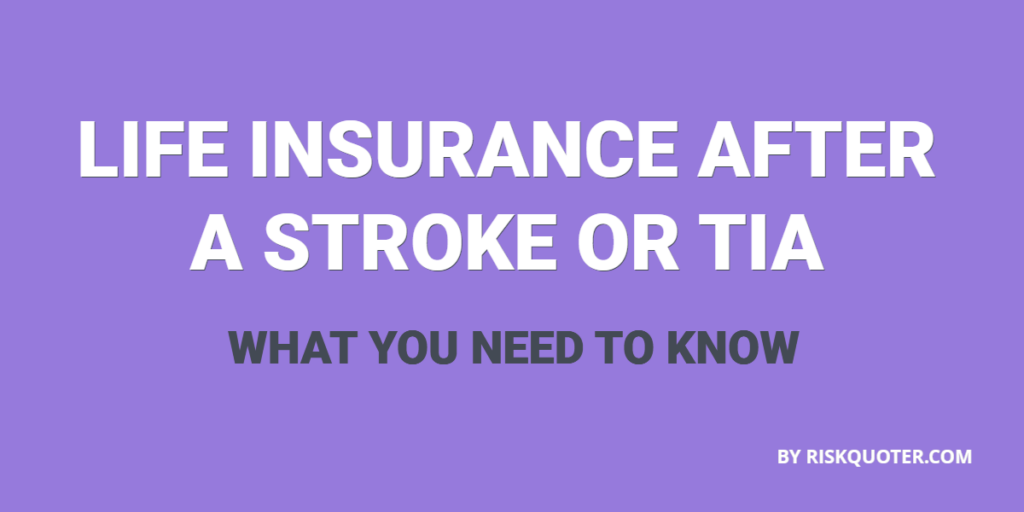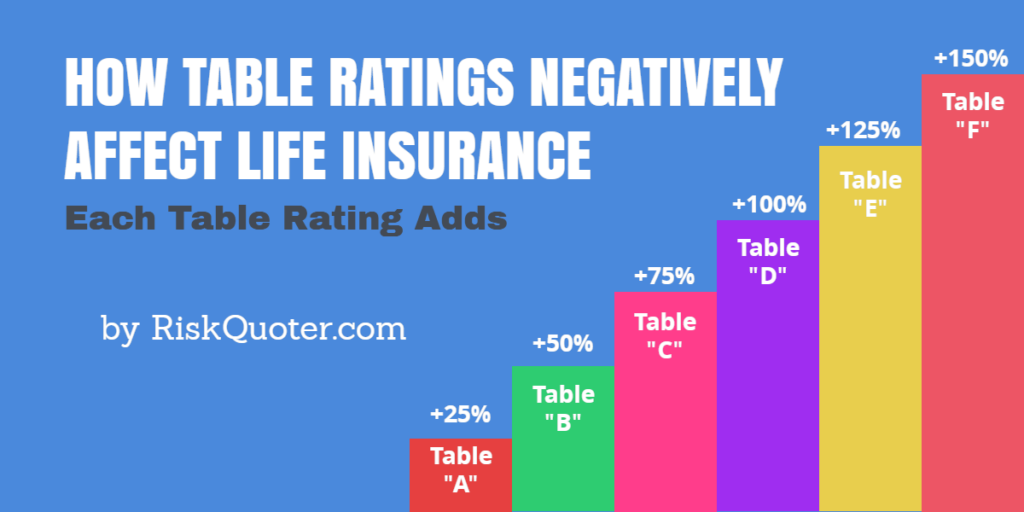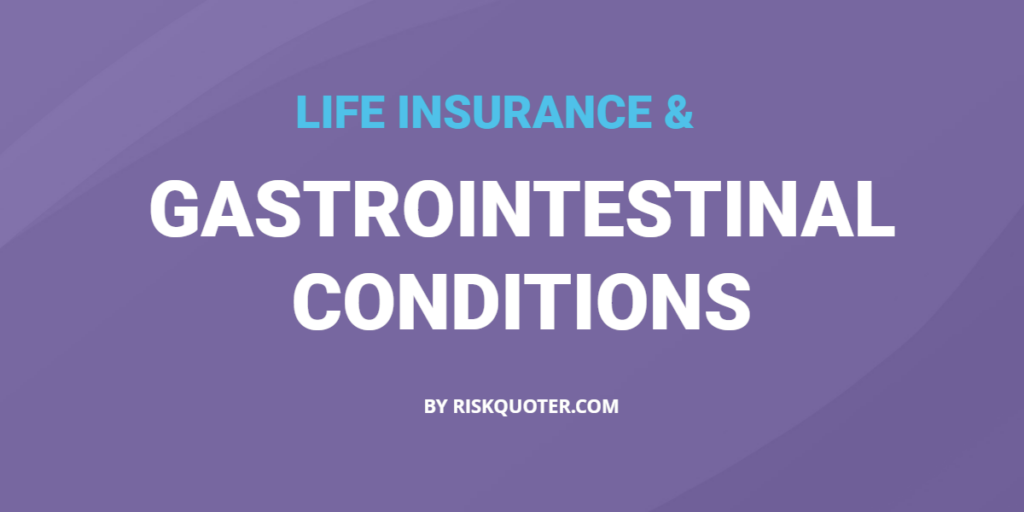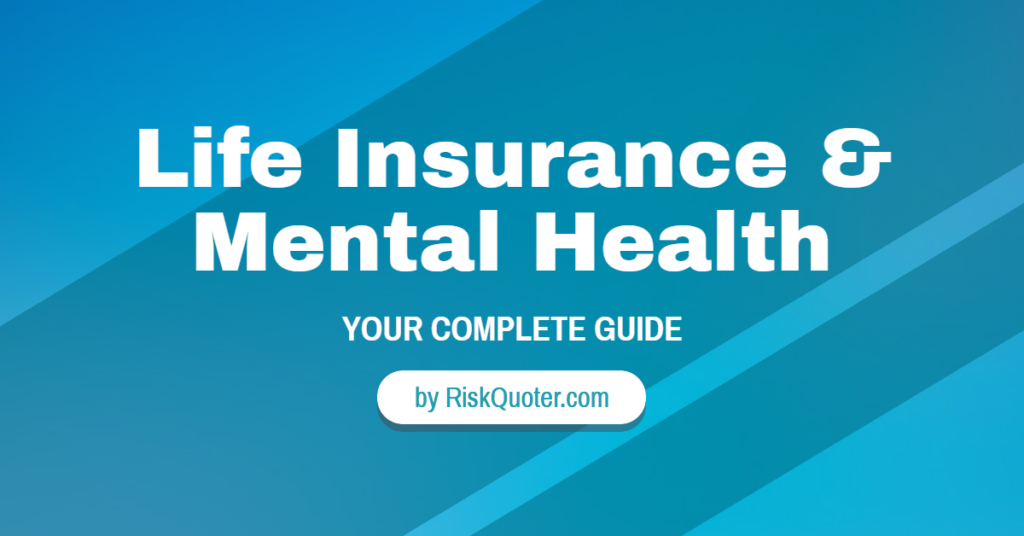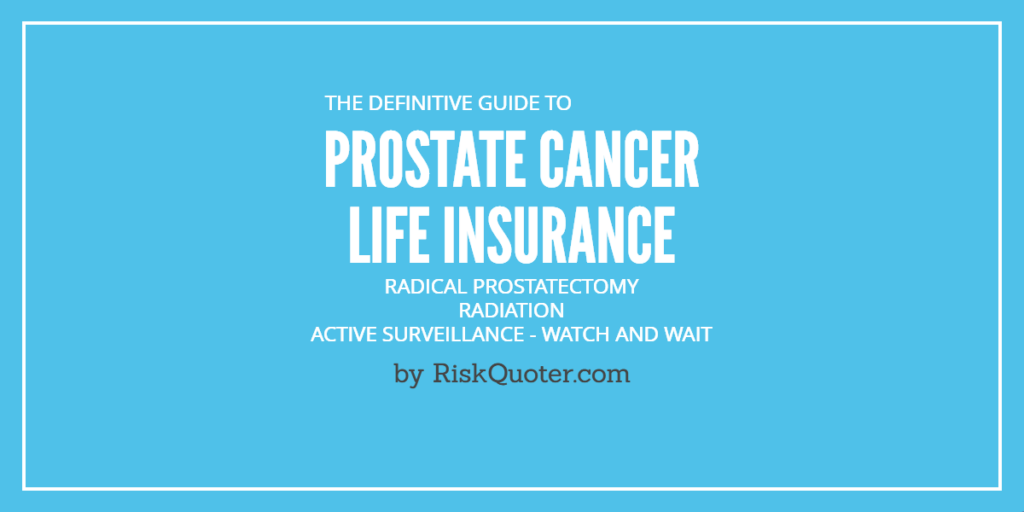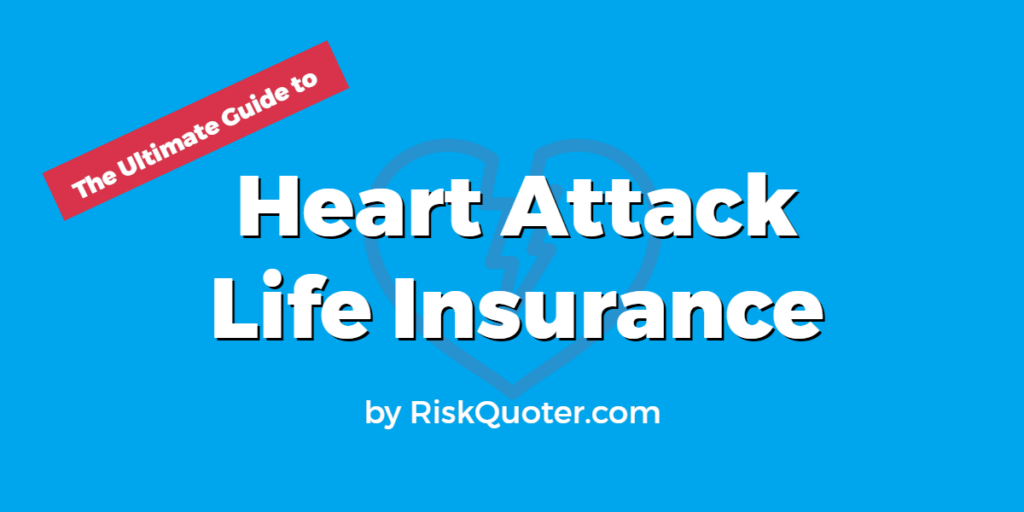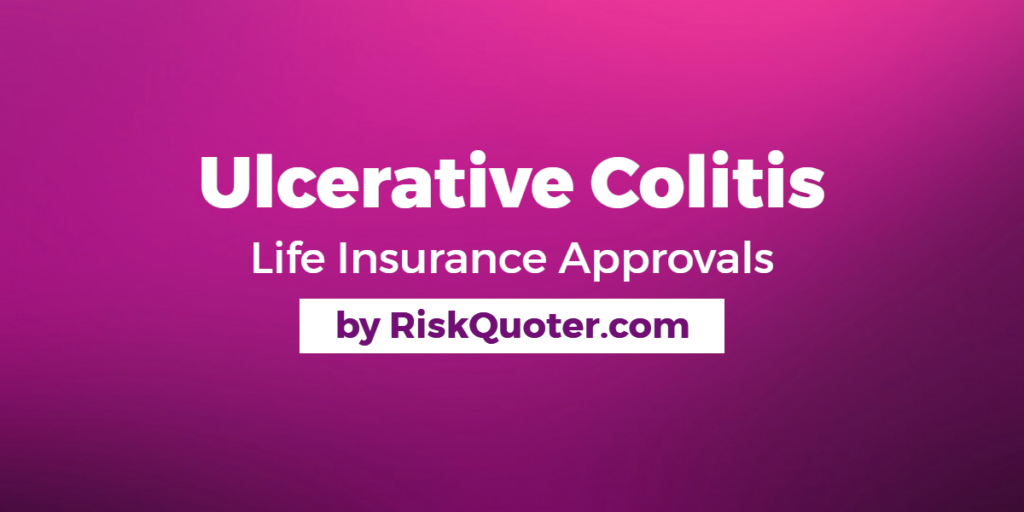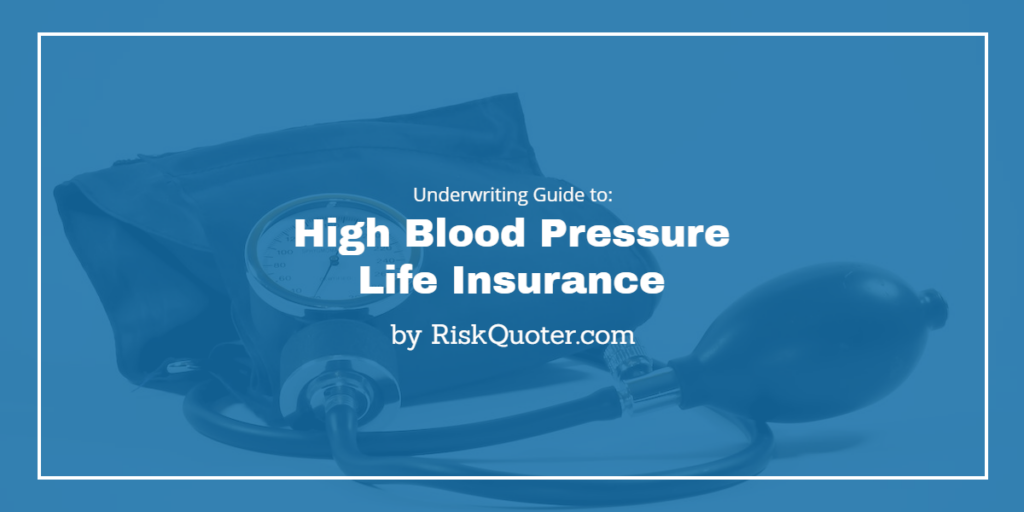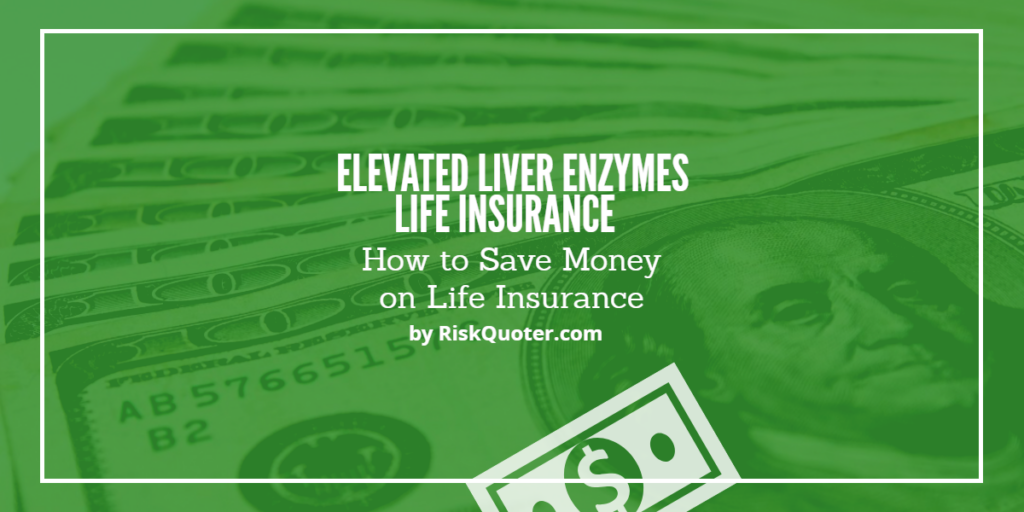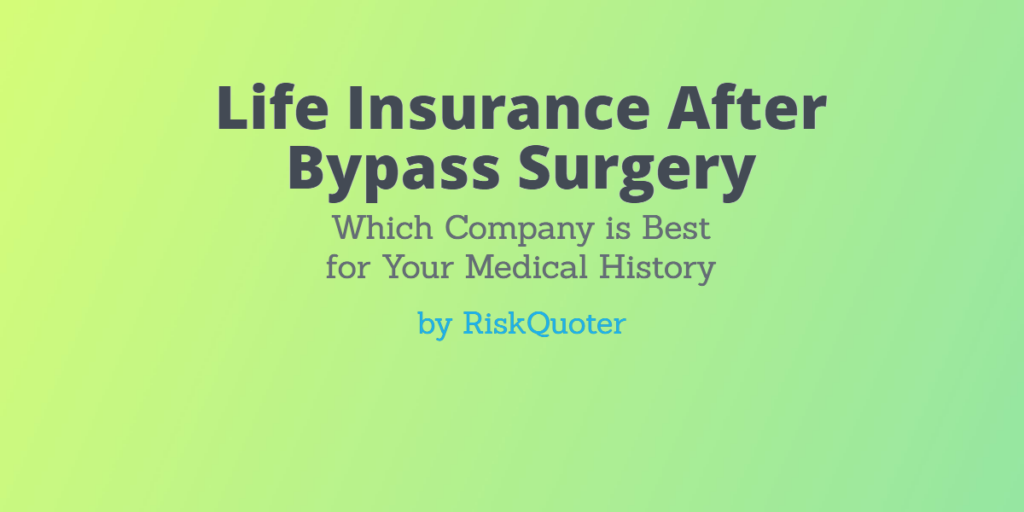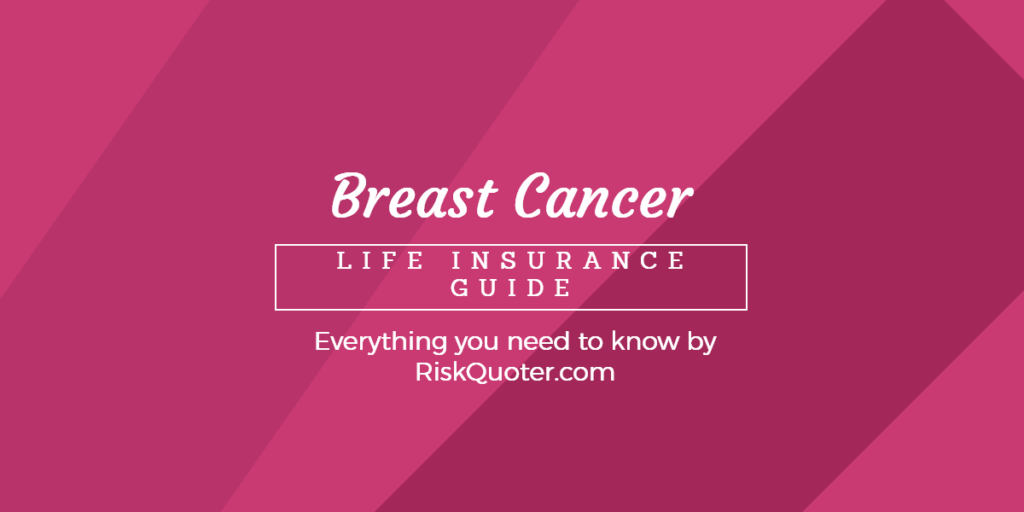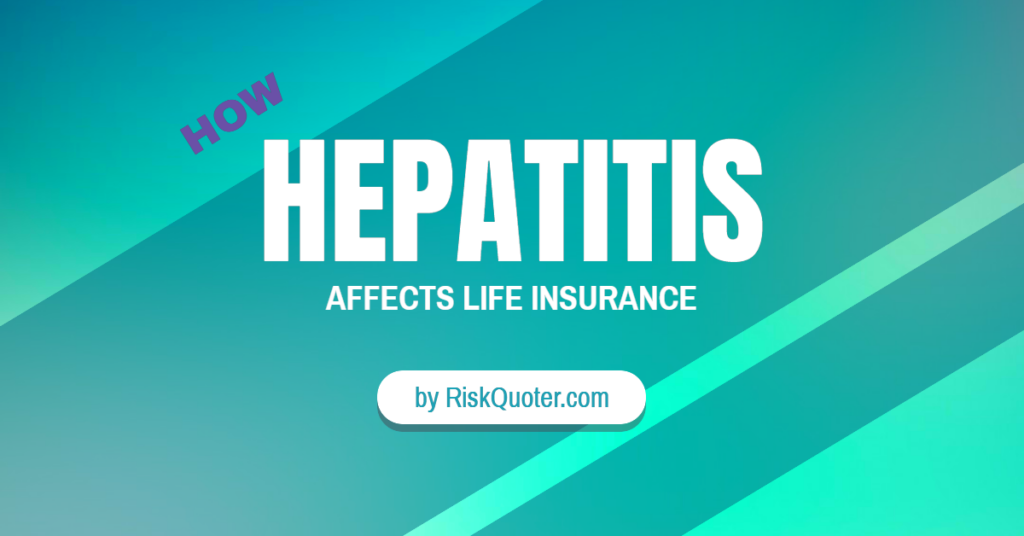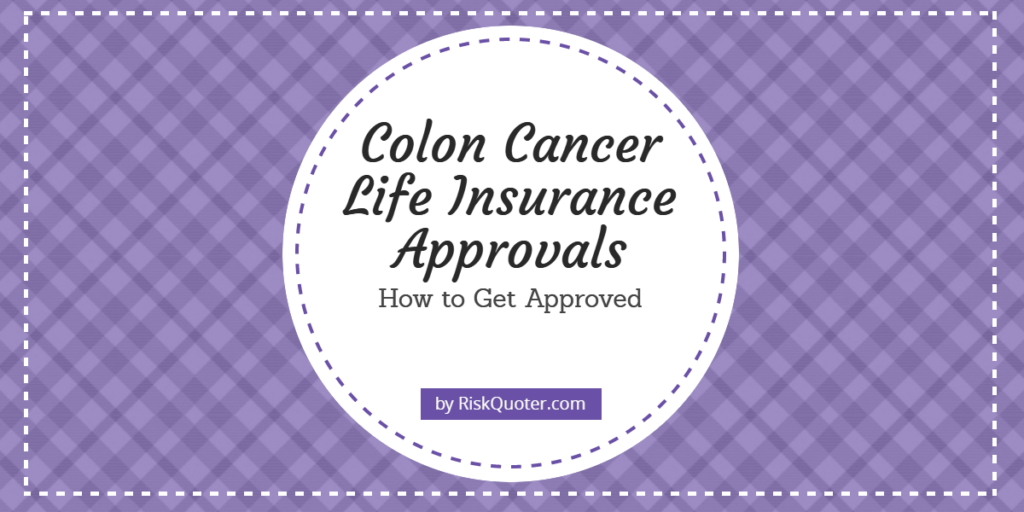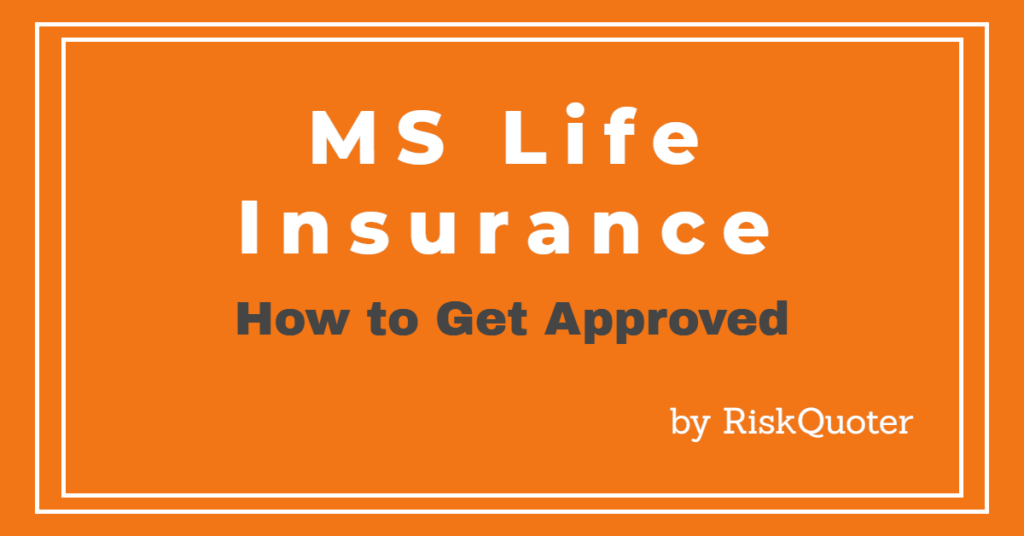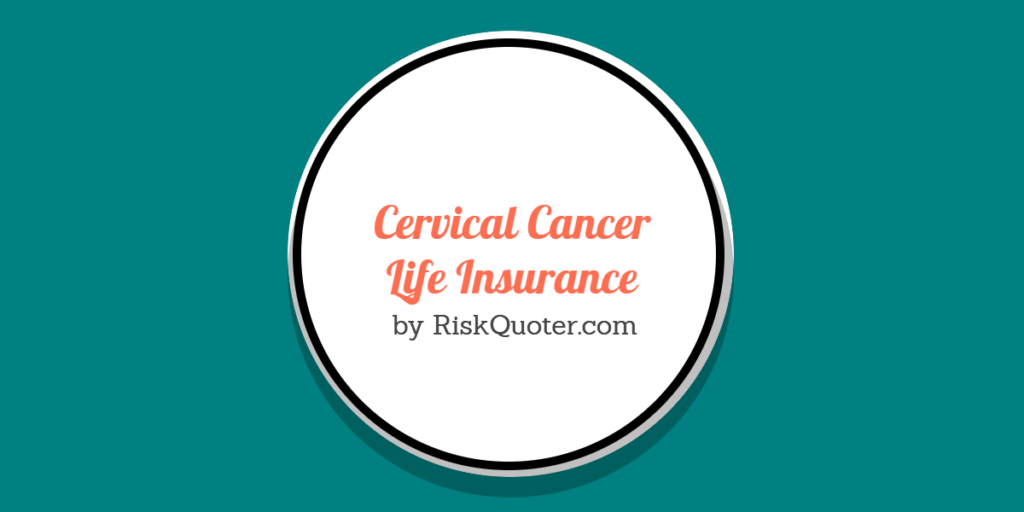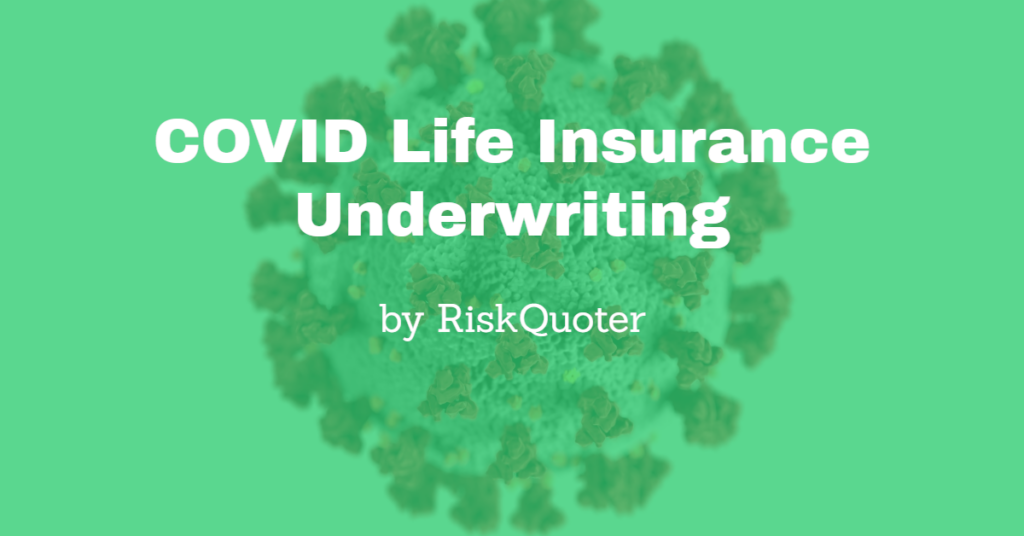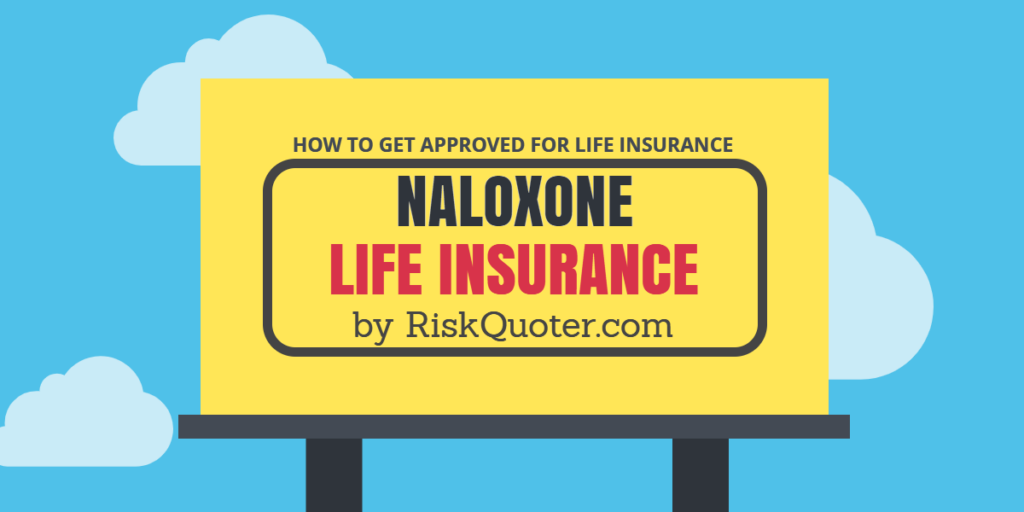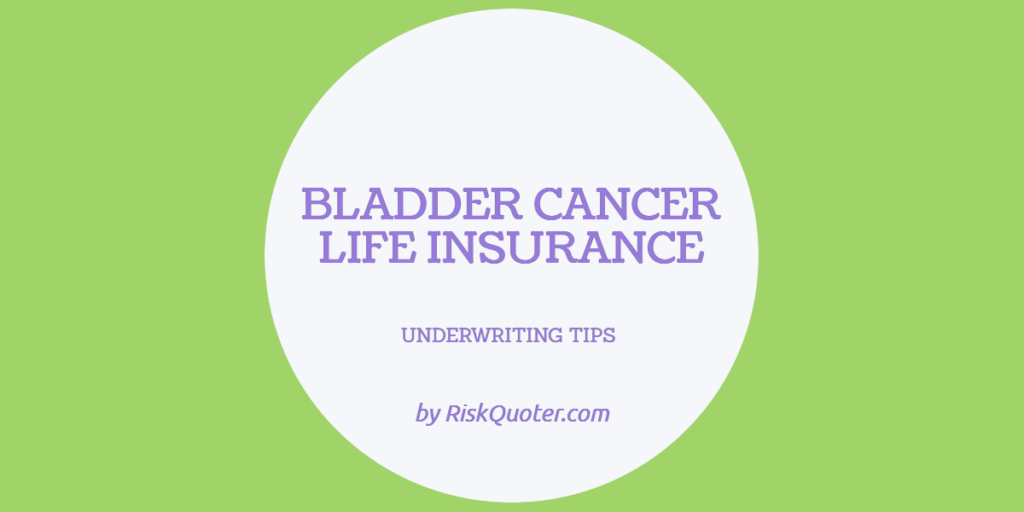Life Insurance Underwriting for High-Risk Conditions

If you've been denied life insurance, or were hit with a table rating or flat extra, you're not alone. But you still have options.
Whether you're managing a health condition, work in a hazardous job, or enjoy adrenaline-packed hobbies, this guide explains how high-risk underwriting works, which life insurance companies are best, and what types of life insurance you should consider.
What is High-Risk Life Insurance?
High-risk life insurance is designed for people who don't fit the "perfect health" mold. That includes:
- Pre-existing medical conditions
- Past insurance denials
- High-risk hobbies or occupations
If you've ever received a table rating or had flat extra charges added to your policy, you're not alone. These are common in high-risk underwriting, but they may not always be justified.
The underwriting process determines how risky you are to insure and what you'll pay in premiums. But not all life insurance companies evaluate risk the same way.
Common High-Risk Medical Conditions
We've written guides for almost every condition under the sun. Here are some of the most common:
Cancer History
- Cancer History
- Bladder Cancer
- Breast Cancer
- Cervical Cancer
- Kidney Cancer
- Prostate Cancer
- Melanoma
- Testicular Cancer
- Thyroid Cancer
- Colon Cancer
- Lymphoma - Hodgkin and Non-Hodgkin
Heart Conditions
- Heart Conditions
- Heart Tests
- High Blood Pressure
- Aortic Aneurysm
- Aortic Stenosis
- Atrial Fibrillation
- Bypass Surgery
- Heart Attack
- Heart Blocks
- Pacemakers
- Cardiomyopathy
- Mitral Valve
- Pulmonary Embolism
- Angina
Gastrointestinal
- GI Conditions
- Elevated Liver Enzymes
- Crohn's Disease
- Ulcerative Colitis
- Hepatitis
- Barrett's Esophagus
Endocrine & Metabolic
Neurological Conditions
Other Medical Conditions
- Asthma
- High Cholesterol
- Sleep Apnea
- HIV Positive
- Mental Health
- Weight
- Kidney Disease
- Rheumatoid Arthritis
The best life insurance company depends on your medical history and current health.
How High-Risk Life Insurance Underwriting Works
Every insurer has its own guidelines, but most use one or more of the following approaches:
Accelerated Underwriting
No medical exam. Instead, insurers use prescription databases, MIB reports, and digital health records.
Best for: Relatively healthy applicants or well-managed conditions.
Medical Underwriting
A full paramed exam, labs, and medical records. Most traditional term policies use this method.
Best for: Applicants with known medical conditions or older ages.
Non-Medical Underwriting
Focuses on the non-health risk aspects of your application such as scuba diving, flying planes, occupation, driving record, credit history, etc.
Field Underwriting
This is where we come in. We collect the right details upfront to avoid declines and find the most favorable carrier.
Best for: Everyone. It’s your shortcut to better rates.
Learn More About Specific Underwriting Topics
Explore our detailed guides.
Best Life Insurance for Parkinson’s Disease
Best Life Insurance for Lymphoma Survivors
Best Life Insurance for Rheumatoid Arthritis
Barrett’s Esophagus – How It Affects Life Insurance
Best Life Insurance for Pulmonary Embolism
Best Life Insurance for Aortic Aneurysm
Life insurance with an aortic aneurysm isn’t out of reach. In fact, many people with...
Life Insurance With Kidney Disease
Can You Get Life Insurance with a Mitral Valve Condition? Yes—Here’s How
Do you have mitral valve prolapse, mitral regurgitation, or stenosis? Learn how high-risk mitral valve...
Life Insurance with Cardiomyopathy – What You Need to Know
Pacemakers and Life Insurance: What You Need to Know
Heart Conditions and Life Insurance: Your Guide to Getting Covered
Getting Life Insurance with a Heart Block: What You Need to Know
Life Insurance for Cancer Patients & Survivors: How to Get Affordable Coverage
Worried about getting life insurance after a cancer diagnosis? You’re not alone, but the good...


